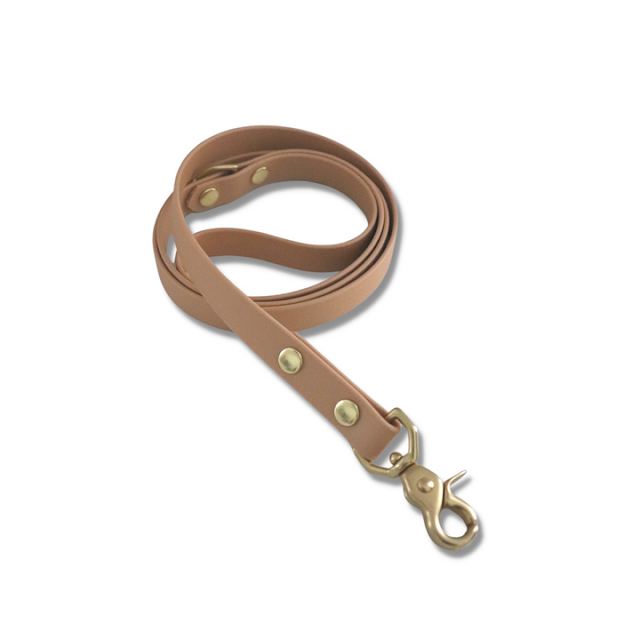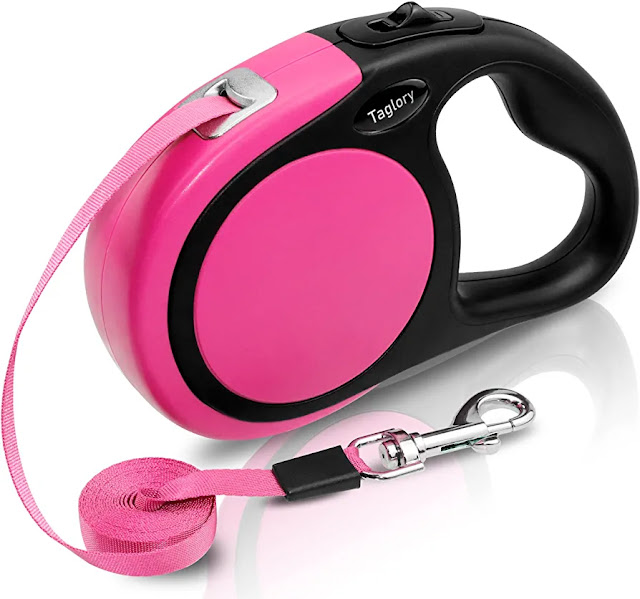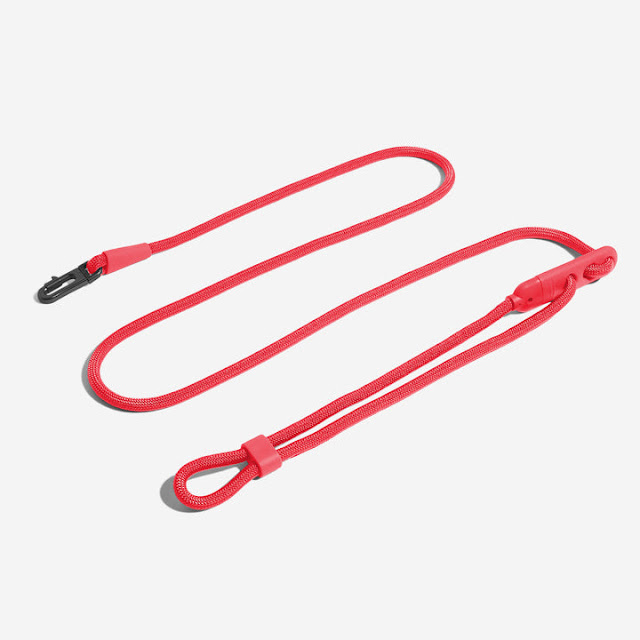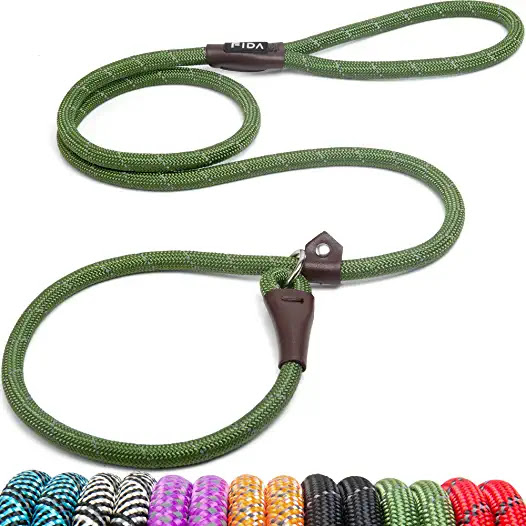If you're a responsible dog owner, chances are you have a leash.
Leash, which has been in existence from the time humans began domestication of dogs, is intended to ensure safety and control. But there are other things a leash can do. So, stick around and learn everything you need to know about dog leashes.
Types of Dog Leashes
There are different types of dog leashes, but here, I'll walk you through the common types which include: standard leash, retractable leash, coupler leash, hands-free leash, and slip leash
Standard Leash
This is the most common type of leash and is often used for walking and training. Standard leashes come in different lengths, typically between 4 and 6 feet. They are usually made of nylon or leather and have a clip on one end that attaches to the dog's collar and a loop on the other end that the owner can hold.
Retractable Leash
This type of leash allows the dog to move freely while still being under control. The leash is attached to a plastic handle that contains a retractable cord. The length of the cord can be adjusted by the owner. Retractable leashes are great for dogs that have a lot of energy and need more room to roam. However, they can be dangerous if not used correctly, as the cord can get tangled and the dog can run away.
Coupler Leash or Double dog leash
The coupler leash is a type of leash that is used for walking two dogs at the same time. It is a double-ended leash that is attached to the collars of both dogs. If you have multiple dogs, this type of leash is perfect because, it allows you to walk both dogs at the same time while still having control over both.
Hands-Free Leash
This type of leash allows your hands to be free while walking your dog. It is typically worn around the waist or over the shoulder, and the dog is attached to the leash by a clip or loop. If you're the type that likes to run, jog or carry other things while walking your dog, this is a perfect leash for you.
Slip Leash
This type of leash is easy to put on and take off. It is a simple loop that is placed over the dog's head and then adjusted to fit snugly around the dog's neck. If you're a dog owner that needs to quickly secure your dog when visiting a park or going for a walk, this is a great option for you.
Things To Consider When Choosing a Dog Leash
Before you choose a dog leash, consider the following factors:
Size of the Dog
The size of the dog is one of the most important factors to consider when choosing a leash. A leash that is too short can restrict the dog's movements, while a leash that is too long can be dangerous. The standard leash is typically between 4 and 6 feet, but the length of the leash will depend on the size of the dog and the owner's needs.
Purpose of the Leash
The purpose of the leash is another important factor to consider when choosing a leash. If you plan to use it for walking and training, a standard leash will be sufficient. However, if you want to use the leash for running or jogging, a hands-free leash may be a better option.
Strength of the Dog
The strength of the dog is another factor to consider when choosing a leash. If the dog is strong, you may want to consider a leash that is made of sturdy material, such as leather, to ensure that it doesn't break.






Comments
Post a Comment